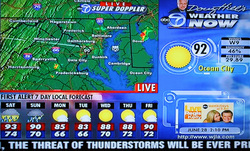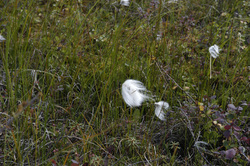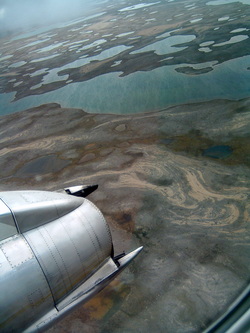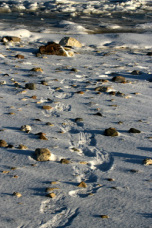Weather patterns

Here are some facts about weather temperature in the Arctic Tundra:
- In the winter the average temperature is -30° F
- In the summer the average temperature is 37-54° F
- Rainfall is 6-10 inches of rain a year (this is almost as much as one of the driest deserts)
- Average number of hours of sunlight in a year: this Is hard to calculate due to the extreme 24 hour light in the summer and less than 2 hours in the winter.
- It is windy and can be cloudy
- It is dry not very humid as little water can actually evaporate into the atmosphere.
Arrangement of vegetation (forests, open plains, etc)

Most vegetation in the tundra are low growing prennials that reproduce without seeds. Often they grow in crevices or rocks that both shelter them in the winter and reflect on them in the summer. It is open planes with in some cases caverns, and ice fields. There is the odd glacier and old lake beds as well as actual lakes (mostly frozen).
General geographic features of the Arctic

The location of the Arctic tundra on Earth dictates its climate and vegetation. Geographic features are there is a permanently frozen layer of soil called permafrost. There is a vast plains with low growing plants and stunted shrubs
How weather, arrangement of vegetation, general geographic features plays a role in influencing the characteristics of the Arctic biome.

It is the cold harsh climate and the amount of sunlight that dictate how plants and animals grow in the tundra. The lack of sunlight means that the plants go dormant. The weather and the sunlight dictate how the vegetation and animals adapt to it.
